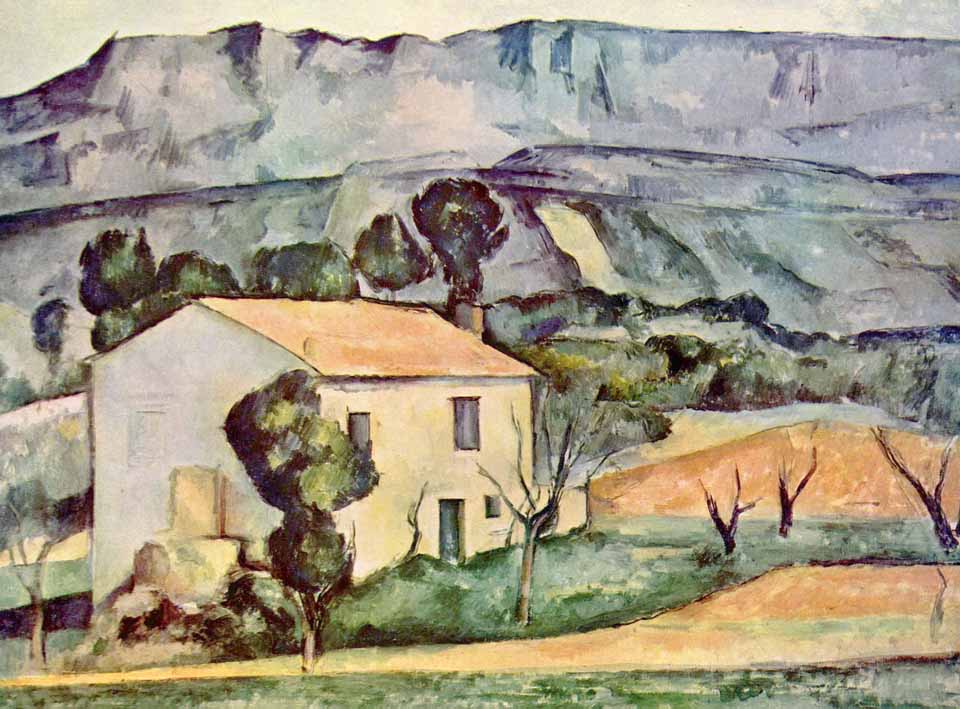
Do you remember that song? You might, if you are over A Certain Age. Although the song has been recorded by many people including Bing Crosby, Dean Martin and Louis Armstrong it will always be associated with the popular French singer Édith Piaf, she of the voluptuous vibrato and throaty, guttural way of pronouncing the French letter “r”. Much to the surprise of its authors, who never thought that the song could possibly be a hit, La Vie en Rose made Piaf internationally famous. Its melancholy lyrics expressed the joy of finding true love and it must have had special appeal to those in Europe who had endured the dark years of the Second World War. The title of this strangely haunting song literally means “Life in pink” but I suppose we’d think of it more like “life in happy colours” or “life seen through rose-coloured glasses”. Either way, it doesn’t translate particularly well into English which is probably why the original French title has survived internationally.
If you can remember the music of Édith Piaf you can probably also remember a brand of Portuguese wine called Mateus Rosé, named after the Mateus Palace that towers over the Douro River. The wine became immensely popular in Britain and America during the 1960s and 1970s with its distinctive narrow-necked, flask-shaped bottle many of which ended their days as table lamps. Incidentally, Mateus Rosé was first produced in 1945, the same year that La Vie en Rose was composed. The wine is still going strong though probably not as strong as in its heyday. I suppose public tastes have changed.
But you know, for years rosé wines were dismissed by wine connoisseurs as undistinguished plonk. In one of my favourite wine books of the 1970’s Hugh Johnson wrote, “Buy the cheapest rosé you can find, for there is not much to choose between them.” Today that is simply no longer true. Rosé wines have come a long way from being the simple gluggers of the seventies. They have become far more sophisticated and interesting. In France about 20 percent of all the wine sold is rosé. Recently a study in France revealed that while red wine is still the preferred beverage with meals, rosés have become more popular as an apéritif or a casual drink at the bar, especially with the younger set.
Rosés are always light and fragrant (or should be), with delicate floral aromas and hints of oranges, grapefruit or lychee and sometimes with reminders of fresh cut flowers and ripe red fruits like strawberry and cherry. They are easy drinkers too; they’re crisp and clean and go with virtually any food you care to eat. They go well with many Thai dishes too. For early evening drinks, or for something to go with a light snack, a rosé can be the perfect choice.
Rosé is usually made from red wine grapes and there are several different methods of production. Contrary to popular belief, they are not made by simply chucking of bucket of red wine into a barrel of white, although the generally-despised French saignée method amounts to much the same thing. The most common means of production uses red grapes but allows minimal skin contact. You probably know that grape juice is nearly always colourless – the colour comes from the grape skins. No skin contact at all gives the winemaker a white wine, even from dark red grapes. A very short period of contact, anything between a couple of hours to a few days, gives a winemaker rosé. For this reason, rosé wines are not always pink. They can be a variety of colours that range from the traditional “onion skin” pale orange to pale purple depending on the grape used and how long the skins were in contact with the juice.
Traditionally rosé wines hail from Provence, that lovely region down in the South of France which appears in many of the paintings of Paul Cézanne. Rosé accounts for two thirds of all the wine produced there and it’s a perfect partner for the local Mediterranean cuisine, especially the garlic-laden aioli sauces and fishy bouillabaisse stews. Rosé is relatively easy to make and found in almost every wine-making region in the world. It can be still, semi-sparkling or sparkling and with a wide range of sweetness levels from dry Provençal rosé to American sweet white Zinfandel, which despite the name, is also pink. Many rosé wines from America (often known as “blush” wines) tend to be rather sweet and somewhat bland, which is fine I suppose if you happen to like that kind of thing.
There are plenty of rosé wines available locally and almost every wine outlet will have a few examples on offer. Wine Connection nearly always has some interesting ones and Vines to Vino (half way along Thepprasit Road) currently offers a selection of eight or nine rosés including some classic crisp and dry examples from the South of France. Rosé is best when it’s young and they really don’t improve much once in the bottle, so always check the vintage year (if there is one). But don’t forget to serve rosé decently chilled. Straight out of the fridge is best for many of them.
 |
 |
 |





